“When it comes to conserving wildlife and the environment, it's more important to be outspoken, than unspoken.” ~ Paul Oxton
In a perfect world, every animal would live freely and safely in its natural habitat. Unfortunately, this dream is far from reality for too many animals.
Countless human-animal interactions occur every day, and far too often the consequence for the animal is either death or loss of their ability to continue living in the wild. These encounters can be car collisions or someone finds an injured or abandoned animal. Other encounters include habituation to humans, causing the animal to be deemed a nuisance or threat to public safety and face euthanasia. Whatever the reason for the displacement, it’s important we find a solution.
(learn what you can do to discourage human-bear interactions here)
Animal rehabilitation facilities are most often the first call to help an injured or displaced animal. These facilities are staffed with licensed professionals who will assess the animal’s health, administer veterinary care, and determine eligibility for release back into the wild. There are times, however, when release is not an option including the following:
Injury suffered is too great.
Habituation to humans deems the animal non-releasable.
The animal is considered a ‘nuisance’ and state or federal law prevents their release.
So, where do these animals go now?
While a small number of zoos do accept some displaced wildlife, there are simply too many animals needing placement. Animal rehab facilities offer only temporary homes for wild animals while they heal from injuries.
The greatest challenge for displaced wildlife no longer able to survive on their own is finding a home after rehabilitation. Wild Paws seeks to meet this challenge by providing a safe and natural environment for these animals in need.
Every animal is important
No animal chooses to lose their natural habitat. Often it’s because of some human interference that they are now in need of a new home. We can choose to help by providing these displaced animals with a natural space for them to fulfill their wild instincts.
We have already received many calls about animals in need of placement, but have had to turn them away because we must have the infrastructure in place before we can provide any of them with a safe home for life. There are more animals needing placement than there are are facilities such as Wild Paws.
In 2018, we purchased an expansive 80-acre property and are now ready to move forward with the next step. This year, we will construct a secure perimeter fence, followed by building our very first animal habitat in order to welcome our first rescue and provide them with new home for life.
Animals that call Wild Paws home will live in habitats that mimic their natural environment while meeting their specific dietary and physical needs.
Their spacious enclosures will offer secure shelter from the elements and enrichment features appropriate to each animal’s needs, allowing them to pursue their natural behaviors.
You can help make their wildest dreams come true by donating to Wild Paws today!
Make a one-time donation or become a monthly sustainer to make the biggest impact.
Ask your place of employment to match your donations.
Hold a fundraising event or create a Facebook fundraiser and invite your friends to join our mission.



